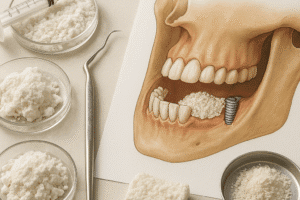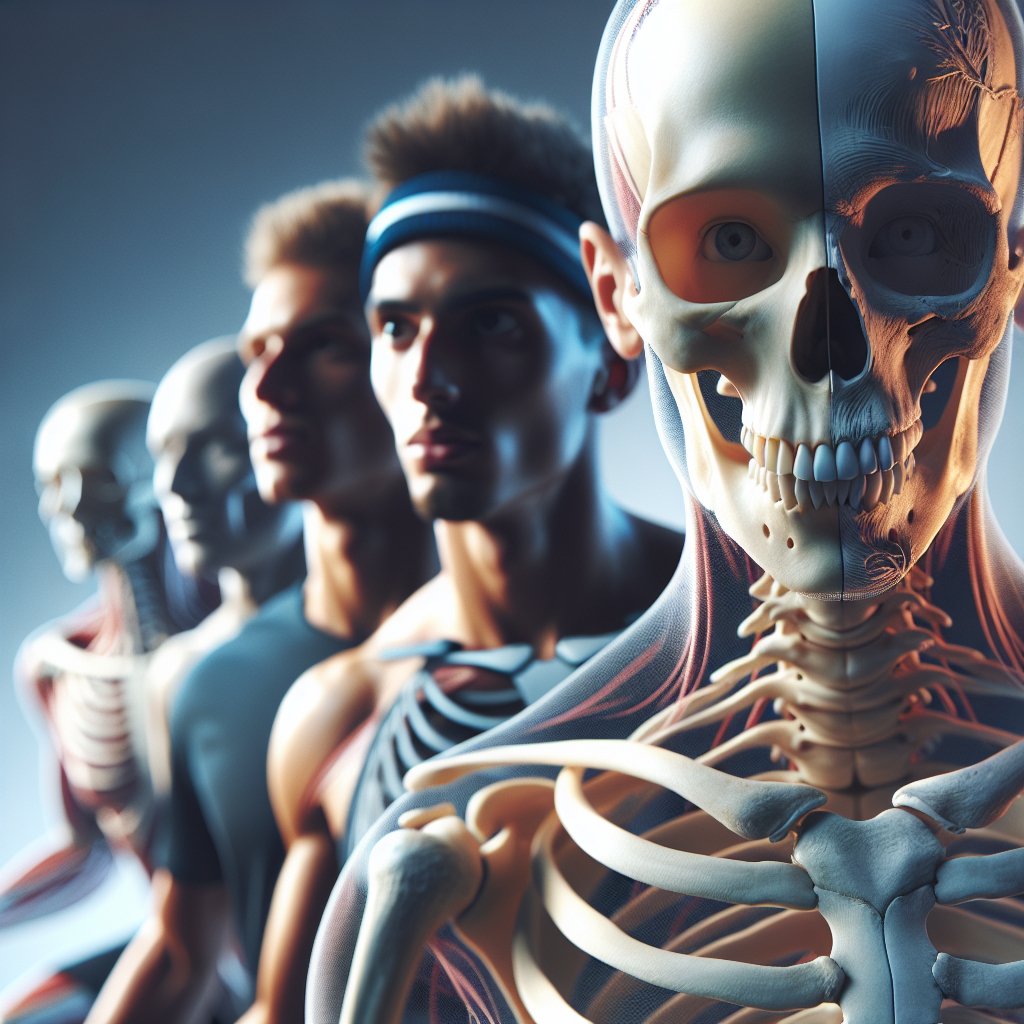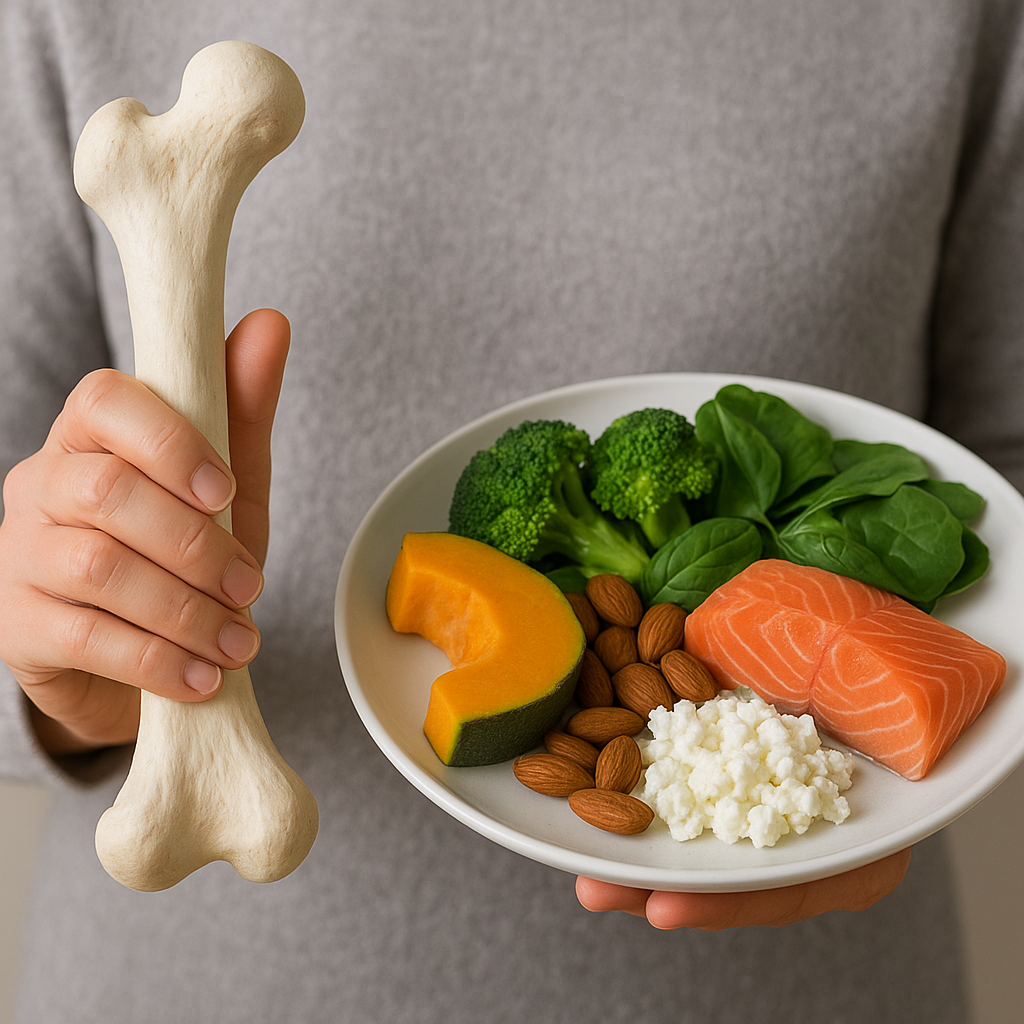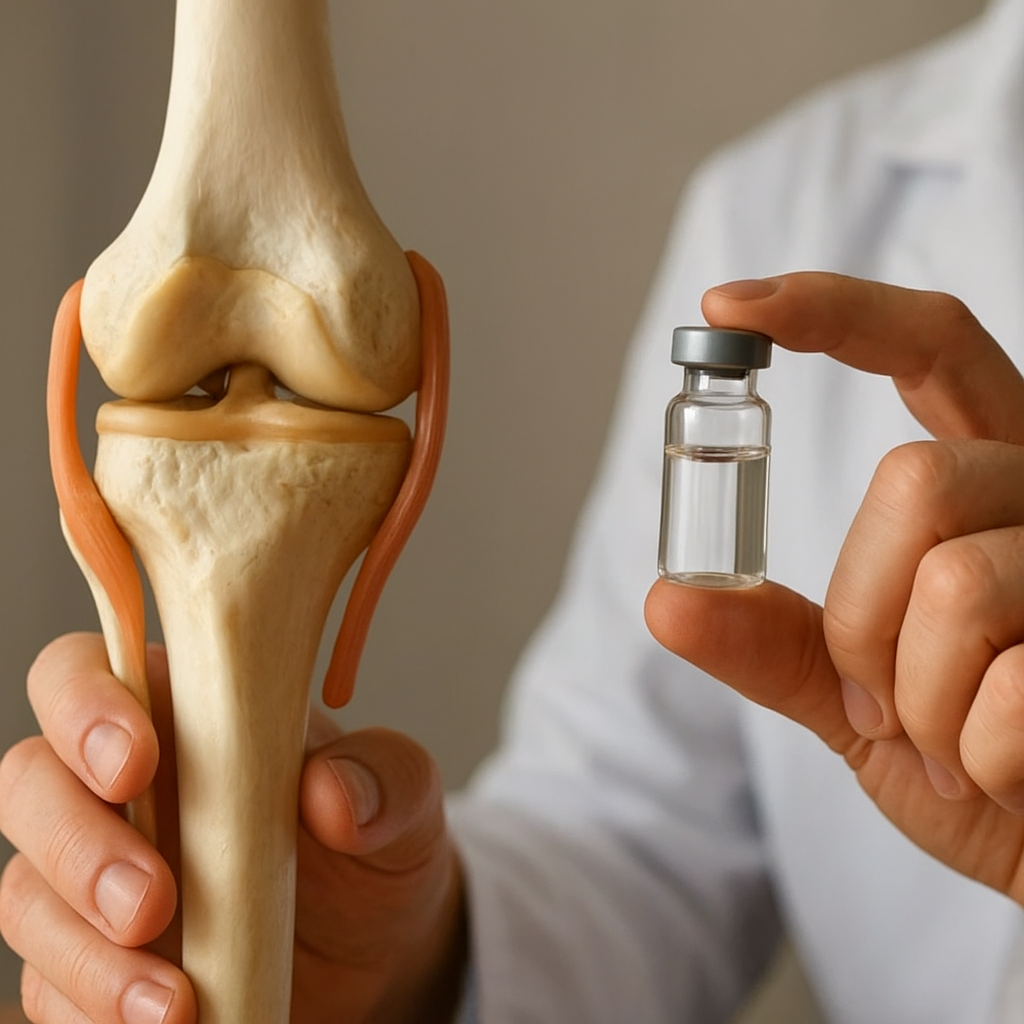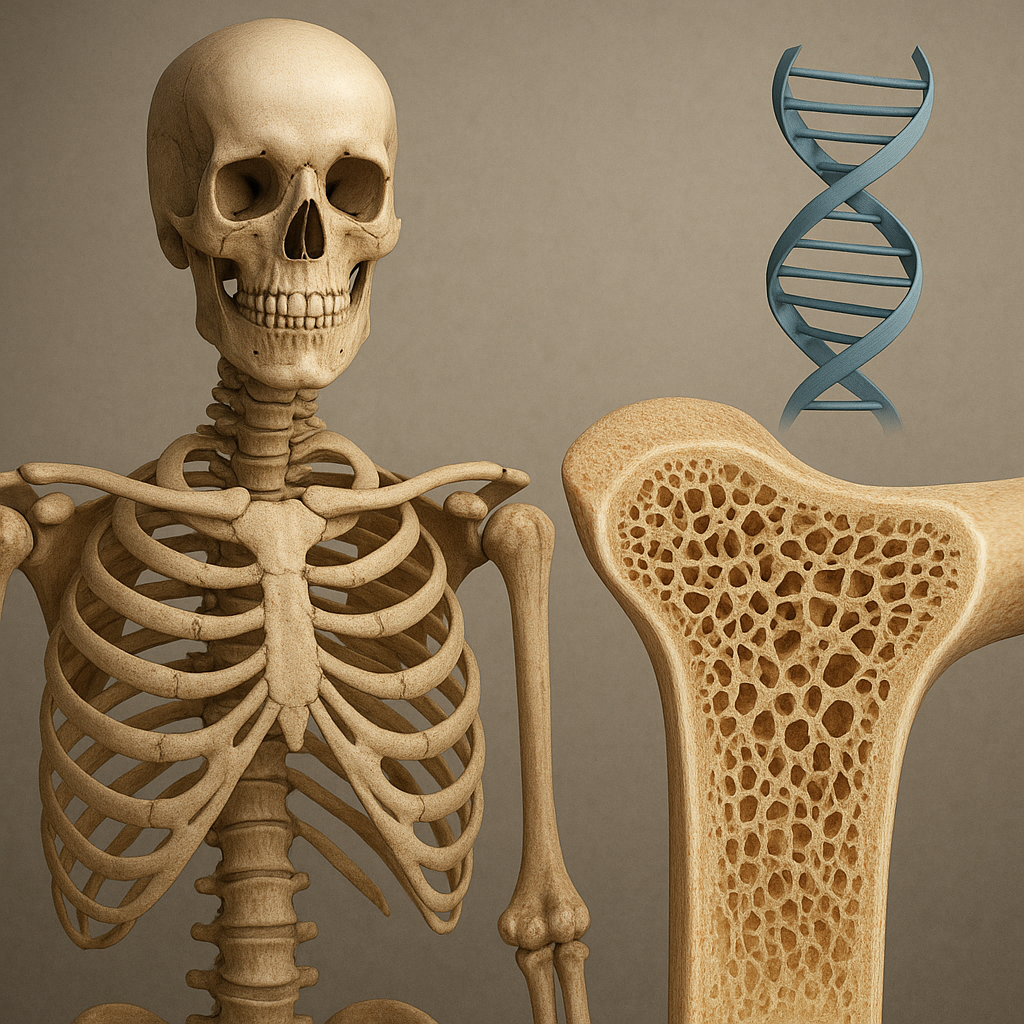Bone and skeletal adaptations in extreme athletes are fascinating phenomena that highlight the incredible resilience and adaptability of the human body. These adaptations are a response to the unique stresses and demands placed on the skeletal system during intense physical activities. Understanding these changes not only sheds light on the capabilities of elite athletes but also provides insights into injury prevention and rehabilitation strategies for the general population.
Understanding Bone and Skeletal Adaptations
The human skeleton is a dynamic structure that undergoes continuous remodeling throughout life. This process is influenced by various factors, including mechanical stress, hormonal changes, and nutritional status. In extreme athletes, the mechanical demands of their sports lead to significant adaptations in bone density, structure, and overall skeletal health.
Bone Density and Strength
One of the most notable adaptations in extreme athletes is the increase in bone density. High-impact sports, such as gymnastics, weightlifting, and running, subject bones to repetitive stress, stimulating osteoblast activity—the cells responsible for bone formation. This increased activity results in denser and stronger bones, which are better equipped to withstand the forces encountered during athletic performance.
- Weightlifting: Athletes who engage in weightlifting often exhibit higher bone mineral density (BMD) in their spine and hips compared to sedentary individuals. This is due to the heavy loads they lift, which stimulate bone remodeling.
- Running: Endurance athletes, particularly long-distance runners, also show increased BMD, especially in the lower limbs. The repetitive impact of running encourages bone strengthening, although it may lead to different stress-related injuries if not managed properly.
- Gymnastics: Gymnasts experience unique skeletal adaptations due to the combination of weight-bearing activities and the need for flexibility. Their bones often become denser, particularly in the arms and legs, which helps support their body weight during various maneuvers.
Bone Microarchitecture
In addition to increased density, extreme athletes often exhibit changes in the microarchitecture of their bones. The trabecular (spongy) bone, which is crucial for absorbing impact, becomes more robust and organized in athletes. This adaptation enhances the bone’s ability to distribute forces and reduce the risk of fractures.
Research has shown that athletes involved in high-impact sports have a more favorable trabecular microstructure compared to non-athletes. This structural adaptation is essential for maintaining bone health and preventing injuries, particularly in sports that involve sudden changes in direction or high-impact landings.
Implications for Injury Prevention and Rehabilitation
The adaptations seen in extreme athletes have significant implications for injury prevention and rehabilitation strategies. Understanding how bones respond to stress can help coaches, trainers, and medical professionals develop effective training programs that minimize the risk of injury while maximizing performance.
Injury Risk Factors
While extreme athletes often have stronger bones, they are not immune to injuries. The very adaptations that enhance performance can also lead to specific injury risks. For instance, the high levels of stress placed on bones can result in stress fractures, particularly in sports that involve repetitive impact.
- Stress Fractures: These are common in runners and dancers, where the repetitive loading of bones can exceed the rate of bone remodeling, leading to microdamage.
- Overuse Injuries: Athletes may also experience overuse injuries due to the cumulative effects of training without adequate recovery. This can lead to conditions such as tendinitis or bursitis, which can affect overall performance.
- Acute Injuries: High-impact sports can result in acute injuries, such as fractures or ligament tears, which may be exacerbated by underlying bone density issues.
Rehabilitation Strategies
For athletes recovering from injuries, understanding bone adaptations is crucial for effective rehabilitation. Tailored rehabilitation programs that consider the athlete’s specific sport and the demands placed on their skeletal system can enhance recovery and prevent future injuries.
Key strategies include:
- Gradual Load Increase: Rehabilitation should focus on gradually increasing the load on the injured area to promote bone remodeling without causing further damage.
- Cross-Training: Incorporating low-impact activities can help maintain fitness while allowing the injured area to heal. This approach reduces the risk of overloading the bones.
- Nutrition: Adequate nutrition, particularly calcium and vitamin D intake, is essential for bone health and recovery. Athletes should be educated on the importance of a balanced diet to support their skeletal system.
Conclusion
Bone and skeletal adaptations in extreme athletes are remarkable examples of the body’s ability to respond to physical demands. These adaptations enhance performance and play a crucial role in injury prevention and rehabilitation. By understanding the mechanisms behind these changes, athletes and coaches can develop training programs that optimize performance while minimizing the risk of injury. As research continues to evolve, it will provide further insights into the intricate relationship between extreme sports and skeletal health, ultimately benefiting both elite athletes and the general population.





